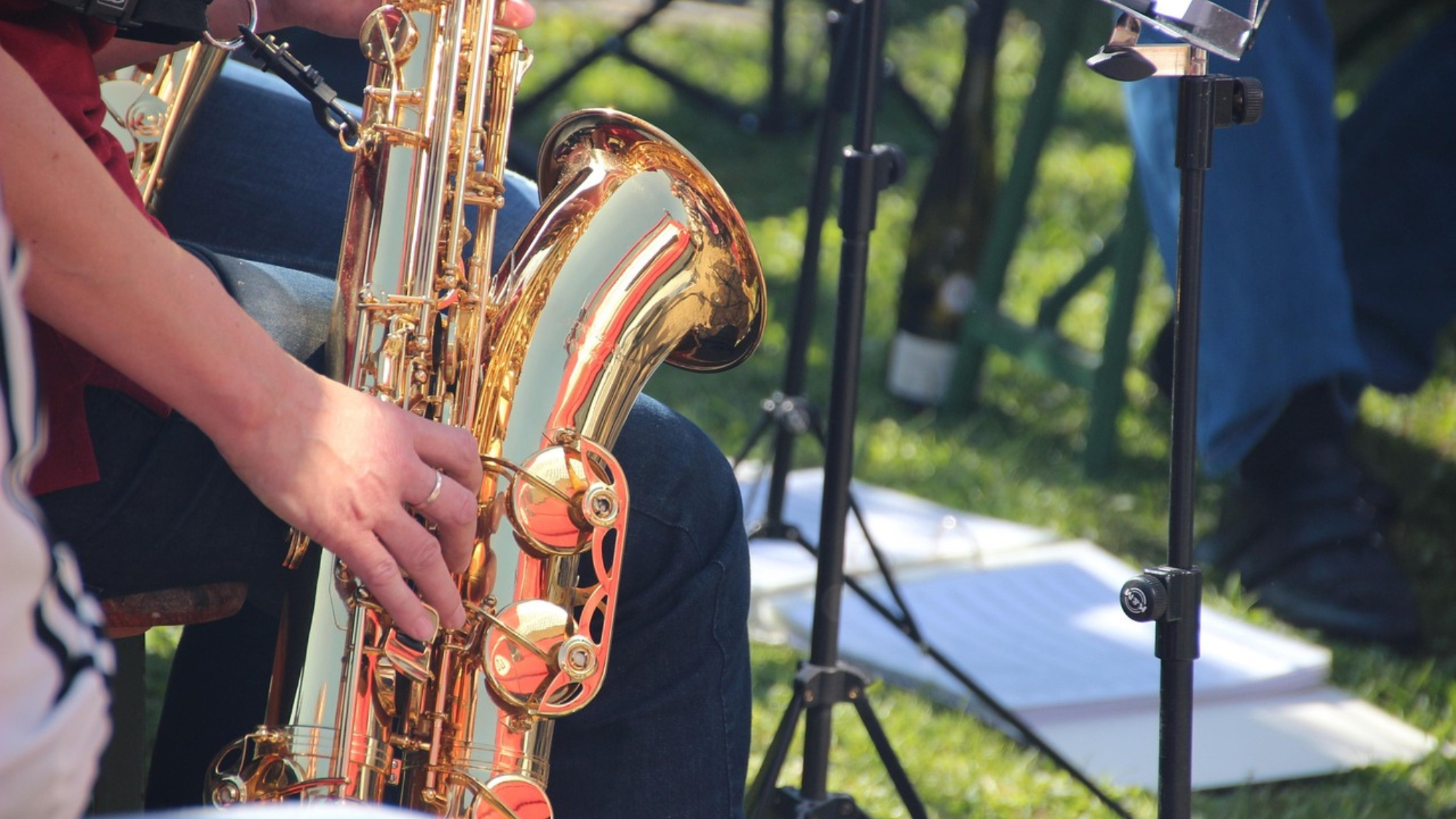The third level of musical mastery is the beginning of a mature growth period for the student and director. Upon reaching this level, the student should have completed all of the basic music fundamentals such as rhythm counting, the chromatic and major scales, good tone production, and proper breathing techniques. The director, on the other hand, has reached a level in which he begins to interpret music and not just teach music fundamentals. The foundation for a mature musical growth begins when the student starts to interpret musical styles and becomes more aware of intonation and its effect on the band.
Emphasis on different articulations, stylistic traits, dynamic control, intonation, and phrasing are the major areas of concern. The third level of development deals with the finer points of musicianship. This level of musicianship also includes the abstract level of thinking that concerns itself with interpretation. During this stage of development, the director’s ability to teach and interpret different musical styles is tested. In essence, the key phrase is to “make music.” By selecting the correct music the director will be able to encourage musical awareness through interpretation and listening. Music should be chosen with the idea that style, articulation, and phrasing are major areas of concentration. The teaching or performance fundamentals of level three are listed below.
Performance Fundamentals
- Keys & Scales (Most Common) F, B-flat, E-flat, A-flat, (D-flat, C)
- Articulation
- Tenuto
- Accents
- Legato Tonguing
- Note Values and Rests
- All Values in Duple Rhythms
- Simple Compound Meter
- Rhythms
- Basic Duple Rhythms
- Irregular Rhythms (Syncopation)
- Basic Triple Rhythms
- Meters
- 2/4, 3/4, 4/4, 6/8, ¢
- Simple Duple Meter Changes
- Dynamics-pp, p, mp, f, ff (Crescendos & Diminuendos)
- Tempo
- Allegro = 108-168
- Andante = 60-96
- Occasional Changes of Tempo
- Ritardando and Rallentano
- Intermediate Phrasing (Concentration on Endings)
- Style
- March
- Chorale
- Legato
- Compositions with Mixed Styles
Musical Selection Consideration
- Scoring
- Solo-Choosing music that has solos for the clarinet, flute, sax, trumpet, baritone, and possibly the trombone are acceptable. Recognizing the outstanding musicians in your group and rewarding them with a solo can go a long way in building their confidence.
- Woodwind Section Alone-Selecting music which exposes the woodwind section will aid in building good balance and intonation throughout the section.
- Brass Section Alone-Selecting music which exposes the brass section can also aid in building a good balance and instrumentation.
- Two Horn Parts-The horn part may or may not be doubled, but must be cued in lightly scored areas.
- Limited Technical Work for the Third Clarinet, Third Trumpet, and Third Trombone. Since these instruments are the weaker sections of the band, it would be a good idea to avoid works that are too demanding technically.
- Avoid Exposed Oboe and Bassoon Writing-Unless you have good players, it is to your advantage to avoid exposed writing for these instruments.
- Range
- Limited to General Scale Material-If students have learned their scales, choose music (with regard to range) that revolves around each instruments’ scale material.
- Avoid Extreme Registers (Low and High) on All Instruments-Music with excessive use of either register will cause intonation and balance problems for young players.
- Use of Percussion Instruments
- Pitched-Bells, Chimes, Xylophone
- Timpani
- Non-Pitch-Students should be familiar with all common non-pitch instruments. Keep in mind the availability of these instruments when selecting music
- Special Effects-Use of percussion instruments to produce special effects provides excellent teaching material for the percussion section.
- Musical Form
- Overture
- March
- Chorale
- Suites
- Theme and Variation
- Prelude
- Programmatic works-These works are excellent for teaching because of their extra-musical ideas.
- Instrumentation-Is the instrumentation of the band of such that all parts in the piece can be covered?
- Length of Composition-The normal length of a composition in this level is from 3 1/2 to 6 minutes.
Intangibles
- Music From Other Lands-Good music encompasses all cultures. The director must select music that will give the student a multitude of cultural diversity.
- Students’ Reaction-Music that is exciting and enjoyable to the student will motivate him to practice. Gathering their opinions about pieces they like will aid in selecting pieces that the student will enjoy playing.
- Director’s Musicianship-If you have had a chance to read the two previous articles, you will observe that the director must develop musically just as he expects the students to do so. His skills for interpretation of musical styles becomes a necessity at this level.
- Musical Interpretation-knowing how to interpret Marcato and Andante sections in overtures and knowing how to properly interpret a march are all essential.
- Improving Director Skills-The director can improve his skills through clinics by composers and conductors that deal with musical styles and interpretation. Also sharpen his skills by listening to different interpretations of a given work and talking with other directors. Clinics on rehearsal techniques for woodwind, brass, and percussion are an absolute necessity.
- Simple Stylistic Evaluation-In some cases, it becomes necessary for a director to interpret the music through his own musical skills rather than rely on what is written. A poco rit. or accel. inserted into slow passages are, at times, a welcome relief. Remember, music is blueprint that should not be read but interpreted.
- Musical Value
- Teaching Concepts-Selecting Music that will encourage the students to listen and begin to interpret a variety of musical styles.
- Test the Director’s Interpretational Skills-The music must be a challenge if the director is to experience any musical growth.
- Diagnose and Treat the Problems of your Group. Work on the major problems in intonation, blend, balance, articulation, attacks, releases, style, and character.
- In adjudicating, the author has found that a majority of the bands at this level experience problems of blend and balance, intonation, and articulation/phrasing. By listening to recordings of your group, you will be able to pinpoint problems and seek suggestions on how to correct them.







